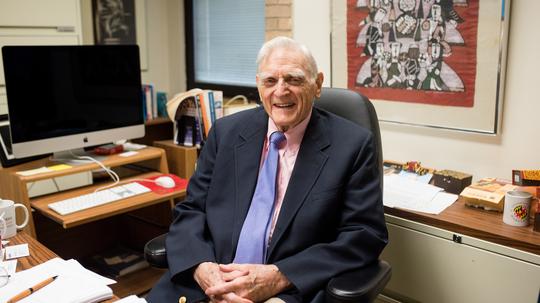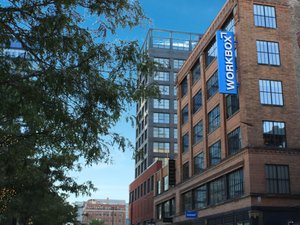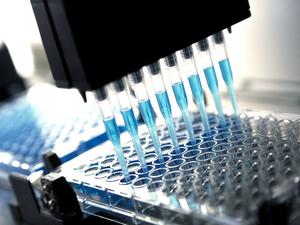
A University of Chicago alumnus that had a role in developing the lithium-ion batteries that now power our cell phones, laptops and electric cars has been awarded a Nobel Prize in chemistry.
John B. Goodenough was one of three scientists awarded the Nobel Prize on Wednesday for their work in the field of modern battery chemistry. Goodenough shares the prize with M. Stanley Whittingham of Binghamton University in New York and Akira Yoshino of Meijo University in Japan.
Goodenough, who received a bachelor’s degree in mathematics from Yale University in 1944, graduated with a Masters of Science in 1950 and a PhD in 1952 from UChicago, making him the 92nd scholar associated with UChicago to win the prize. Goodenough, currently a professor of engineering at the University of Texas, Austin, is also the oldest Nobel Laureate ever awarded at 97 years old.
“He’s a very creative, solid-state chemist and material scientist,” said Matthew Tirrell, dean of the Pritzker School of Molecular Engineering at UChicago. “He’s made many useful innovations that adapt battery technology to other areas like electric cars or power tools that require really high-powered density."
On Wednesday, Goodenough was in London receiving another award—the Copley Medal from the Royal Society.

Goodenough has also earned the 2011 National Medal of Science, the Japan Prize in 2001 and the Enrico Fermi Award in 2009. Besides teaching, Goodenough serves as an advisor to the Joint Center for Energy Storage Research, a Department of Energy innovation hub based at Argonne National Laboratory in DuPage County, Ill.
Goodenough enrolled at UChicago in the late 1940s after serving as a meteorologist in the U.S. Army during World War II. After graduating, Goodenough worked at MIT’s Lincoln Lab and then later at the University of Oxford, where he focused on lithium battery chemistry. In the 1970s, he developed the formula responsible for making batteries much more powerful.
Using a basic battery prototype designed by Whittingham, Goodenough invented a new cathode that significantly stabilized the structure and capacity of batteries. His method charged batteries using cobalt oxide, which allows them to hold much more power than earlier prototypes. And in 1991, Sony commercialized it.
Goodenough’s original battery structure is still used in lithium-ion batteries found in nearly every smartphone and tablet around the world. Variations on his design are found in several electronics, and one particular variation he refined at Argonne is now used in many electric cars.
Tirrell, who recently saw Goodenough at an Argonne advisory committee meeting, said he was as alert and engaged as ever, conversing with fellow scientists and giving feedback where he could.
“He’s the most energetic person of his age that I’ve ever seen,” Tirrell said. “He arguably had the most active mind and the most pointed suggestions in the room.”








